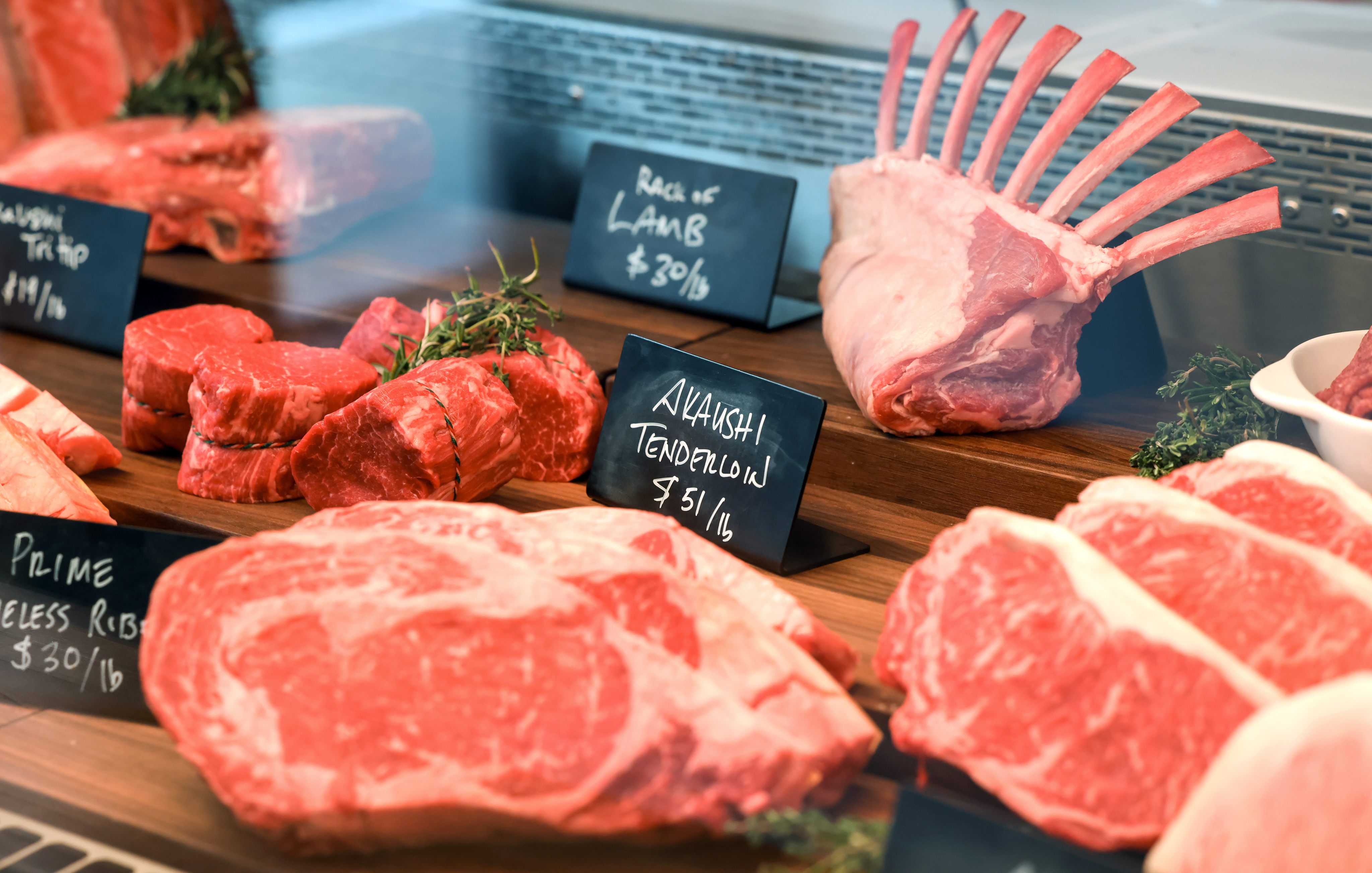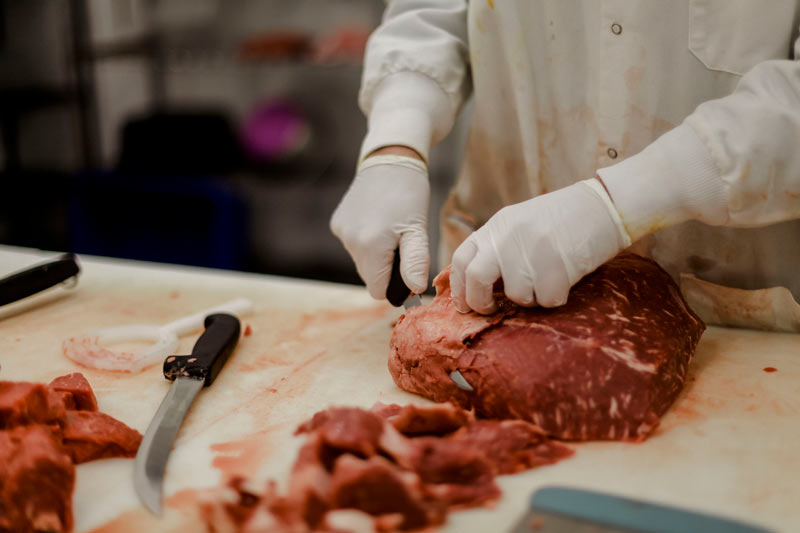How to Pick the Perfect Cut of Meat From a Trusted Meat Market
Picking the perfect cut of meat from a relied on meat market calls for a thoughtful approach that balances high quality, cooking purpose, and budget. Comprehending the numerous types of meat and their respective cuts is vital, as is involving with your butcher to obtain insights into sourcing and preparation.
Recognizing Meat Cuts


As an example, the tenderloin is treasured for its buttery structure and marginal connective tissue, making it perfect for fast cooking approaches such as barbecuing or pan-searing. On the other hand, tougher cuts like the brisket or shank advantage from sluggish food preparation techniques to damage down collagen, yielding abundant and flavorful outcomes.
Additionally, the fat material of a cut plays an essential function in taste profile and wetness retention during cooking. Cuts with greater fat content, such as ribeye, use an even more robust taste, while leaner alternatives, like sirloin, may need mindful preparation to stay clear of dry skin (bagley meat market edwardsville il). Comprehending these subtleties permits notified options that boost culinary developments, ensuring that each meal showcases the very best qualities of the chosen meat
Aspects to Consider
When selecting the best cut of meat, numerous critical elements come right into play that can significantly impact the final meal. Consider the type of meat you prefer-- beef, pork, lamb, or fowl-- as each deals special flavors and textures. The particular cut within that classification is similarly crucial; as an example, ribeye supplies abundant marbling, while tenderloin gives a lean, buttery appearance.
An additional variable is the food preparation approach you intend to make use of. Cuts ideal for barbecuing, such as T-bones or sirloins, vary from those better suited for slow food preparation, like chuck roasts or shanks. In addition, quality is extremely important; constantly pick meat with a vivid shade and firm structure, signaling quality and proper handling.
Moreover, take into consideration the resource of the meat. A relied on meat market commonly supplies locally sourced, hormone-free, and grass-fed options, which can boost taste and nutritional value. Lastly, your spending plan will certainly direct your selection. Costs cuts might provide extraordinary taste, yet there are additionally economical options that, when prepared properly, can yield scrumptious results. Balancing these variables will help you select the ideal cut for your cooking requirements.
Questions to Ask Your Butcher
A butcher's proficiency can be very useful when choosing the excellent cut of meat for your culinary undertakings (bagley meat market dig this edwardsville il). To maximize this source, consider asking in-depth inquiries that can direct your selections. Start by making inquiries about the source of the meat. Recognizing where it comes from can supply understandings into its high quality and taste account.
Following, inquire about the various cuts available for the sort of meat you like. A well-informed butcher will certainly clarify the nuances of each cut, helping you pick one that matches your cooking approach and desired end result. Do not think twice to ask regarding the very best food preparation techniques for a certain cut; butchers typically have ideas that can enhance your meal.
It's also prudent to ask about the meat's quality. An excellent butcher will certainly be eager to share their expertise and suggest cuts that will certainly thrill your taste. Involving your butcher with these inquiries can dramatically improve your meat option experience.
Identifying Top Quality Meat

Structure is one more important variable; top quality meat ought to feel solid and somewhat bouncy to the touch. Stay clear of any kind of cuts that really feel slimed or exceedingly completely dry, as these can show spoilage or improper storage. Additionally, smell plays a vital role; fresh meat ought to have a clean, neutral scent, while any repulsive or sour smells are warnings.
Last but not least, take into consideration the resource. Investing in from a trusted meat market, where the meat's origin is known, can guarantee better criteria. By concentrating on these signs-- color, marbling, texture, smell, and source-- you can with confidence pick cuts that will certainly raise your cooking and eating experience.
Food Preparation Techniques for Each Cut
Selecting the appropriate food preparation technique is critical for taking full advantage of the flavor and inflammation of each cut of meat. Different cuts possess unique features that dictate the most ideal cooking techniques.
For tender cuts, such as filet mignon or ribeye, dry heat techniques like barbecuing, broiling, or pan-searing are excellent. Conversely, tougher cuts, such as chuck or brisket, benefit from moist warm techniques, consisting of braising or slow-moving food preparation.
Pork chops and hen busts are functional and can be his comment is here cooked using link both dry and moist methods. While grilling or roasting can produce tasty results, poaching or sautéing can keep moisture and inflammation. For lamb, methods like toasting or braising are recommended, as they complement the meat's robust taste.

Conclusion
To conclude, choosing the ideal cut of meat from a trustworthy meat market requires a comprehensive understanding of meat cuts and factor to consider of various aspects, including resource, quality, and food preparation approaches. Engaging with the butcher via targeted inquiries can generate valuable understandings and recommendations tailored to details culinary demands. Prioritizing both high quality and spending plan will improve the total gastronomic experience, guaranteeing that the picked cut meets expectations in both taste and prep work.